Guided-missile destroyer illegally entered waters near Nansha Islands
The United States' increasingly frequent military activities in the South China Sea indicate the military superpower's intention to stir up trouble in the region, sound out and contain the Chinese military, and enhance its control capability in the "first island chain", which covers Taiwan Island, experts said.
The guided-missile destroyer USS Milius on Monday illegally entered the waters near Meiji Reef off the Nansha Islands without the approval of the Chinese government, according to the People's Liberation Army, noting that the PLA followed and monitored the whole journey of the warship.
It was the third time the USS Milius infringed on China's interests in the region within 20 days, following the warship's two non-approved entries into China's territorial waters near the Xisha Islands, which took place on March 23 and 24, with the ship warned off by the Chinese military.
Wang Li, executive director of the Institute of Maritime Strategy Studies at the China Institute of Contemporary International Relations, said the actions of the U.S. showed its intention to promote militarization in the South China Sea and undermine regional peace and stability.
"On one hand, the U.S. just wants to fan the flames in the region rather than bring stability, as China and countries of the Association of Southeast Asian Nations are working on the consultation of the Code of Conduct in the South China Sea to promote regional peace," he said.
In a three-day meeting held in Indonesia in early March, China and ASEAN members continued to advance the consultation on the text of the Code of Conduct in the South China Sea and agreed to jointly uphold peace and stability, Wang Wenbin, spokesman for Chinese Foreign Ministry, told a daily briefing last month.
On the other hand, the U.S. military could be attempting to "sound out the Chinese military's ability to simultaneously respond to multiple tensions in both the Taiwan Straits and the South China Sea", by sending USS Milius to the latter region on Monday — the last day of the PLA's three-day military drills around Taiwan Island, said Wang Li.
It could be a test posed by the U.S. military to the PLA from the perspective of military tactics, he said, given the time overlap of the U.S. warship's action and Chinese military exercises that were countermeasures in response to the meeting between Taiwan leader Tsai Ing-wen and U.S. House Speaker Kevin McCarthy last week, a blatant act of collusion between "Taiwan independence" forces and the U.S..
In addition to military actions at sea, the U.S. also increased its presence by flying 62 sorties conducted by large reconnaissance warplanes in the South China Sea in March, compared with 53 sorties in February, according to the South China Sea Strategic Situation Probing Initiative, a Beijing-based think tank tracking U.S. military operations with open source data.
Liu Lin, a researcher at the PLA Academy of Military Science, said the South China Sea issue is always an important lever exploited by the U.S. to contain China, adding that the former would constantly hype up the issue.
"The U.S. just intends to utilize its so-called freedom of navigation operations in the South China Sea to show that it's challenging China's claims in the region, and to convince its allies that it can defend their interests in the South China Sea," she said.
Starting on Tuesday, the U.S. and the Philippines are set to hold their biggest-ever joint military exercises this week, following the Philippines last week identifying the locations of four new bases for the U.S. military — three on the main island of Luzon, close to Taiwan Island, and one in Palawan in the South China Sea.
"The U.S. is exploiting the Philippines, a country having South China Sea disputes with China, as leverage to strengthen its voice in regional affairs," Liu said.
"Meanwhile, the four new military bases, which are mainly located in the northern Philippines, reflect the consideration of the U.S. that is looking to reinforce its prepositioning and combat readiness in the direction of the Taiwan Straits, such as personnel rotation and equipment deployment," she said.
Wang Li, the researcher, said the upgraded U.S.-Philippines military cooperation is mainly aimed at strengthening the U.S. presence and deployment along the "first island chain", enhancing its operation and control capabilities, and restraining the PLA's growing capabilities in the region.
Foreign ministry spokesman Wang Wenbin said earlier that communication and cooperation between certain countries should not target third parties, but be dedicated to regional peace and stability, rather than the opposite.
"The U.S.-Philippine military cooperation should not intervene in the South China Sea dispute, let alone undermine China's territorial sovereignty, maritime rights and interests," he said.





















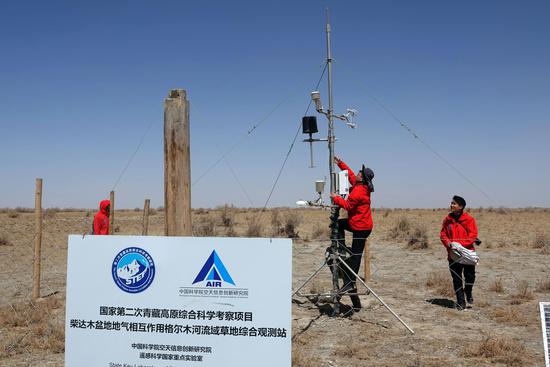


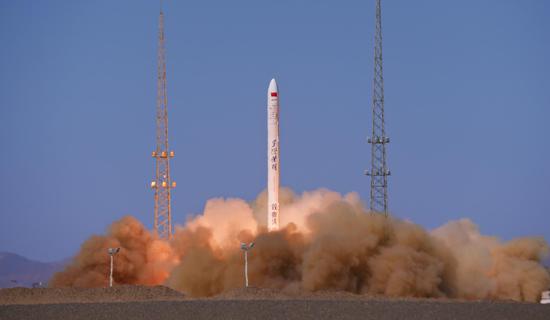
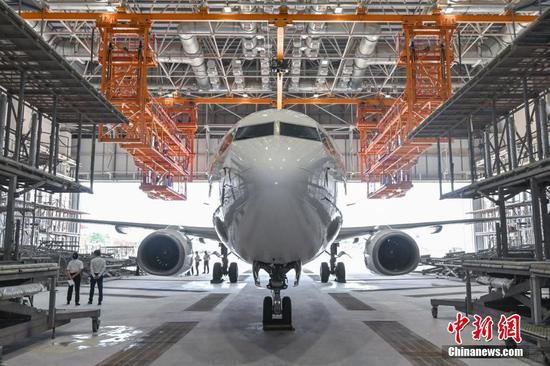

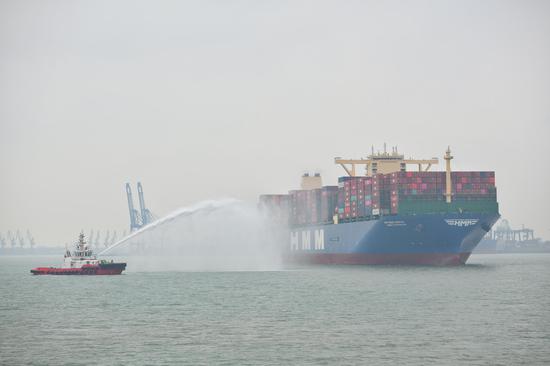

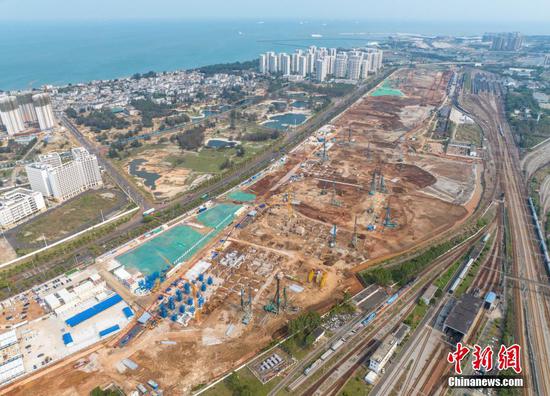
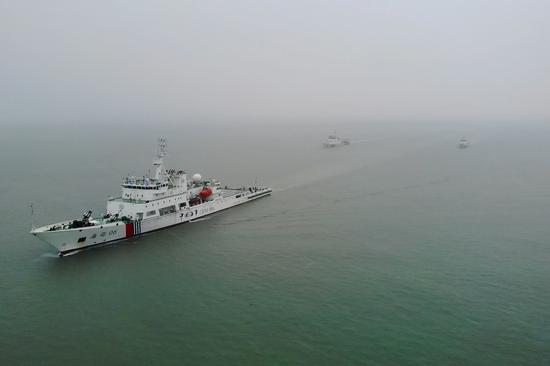

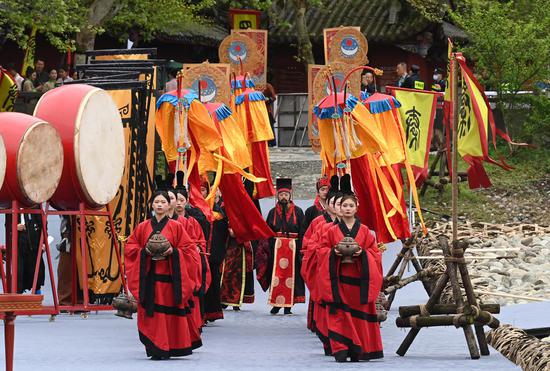



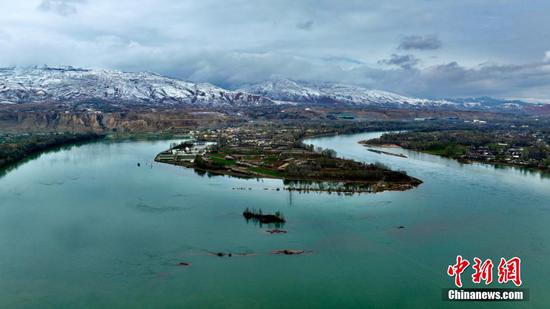




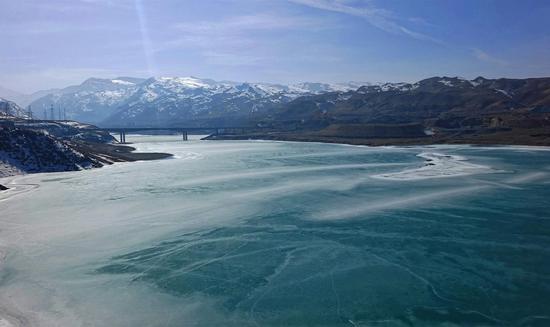
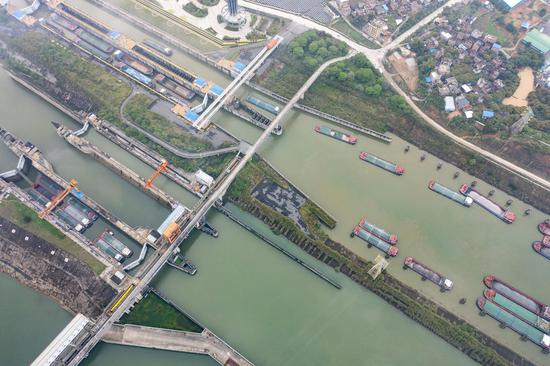





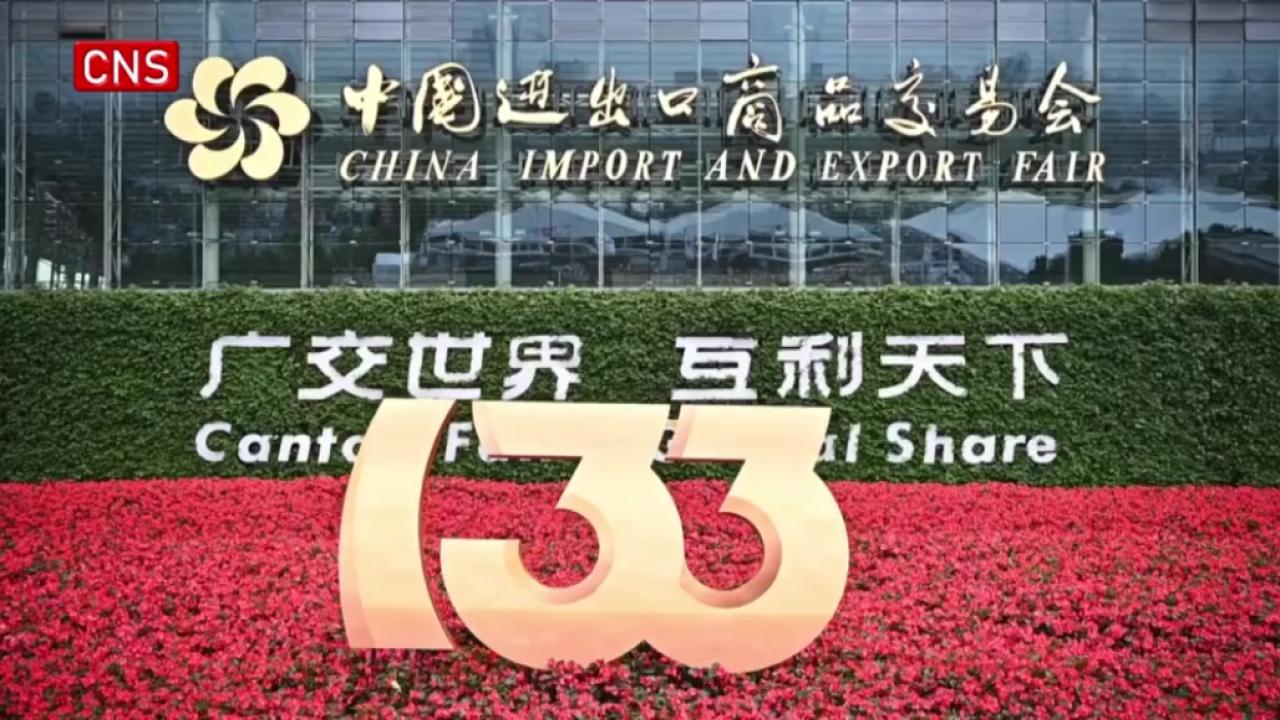

 京公网安备 11010202009201号
京公网安备 11010202009201号